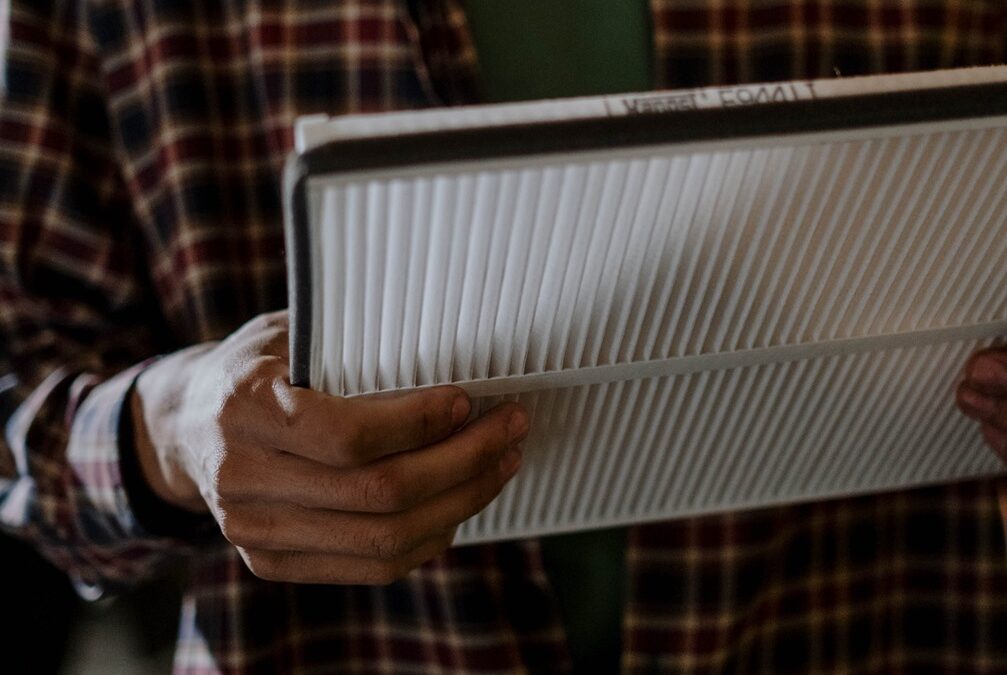Staying cool in summer is always a challenge. There are plenty of things you can do to beat the heat, but investing in an air conditioner is one of the most popular solutions.
There is no shortage of air conditioners on the market these days. Homeowners are spoiled for choice, and modern efficiency standards mean that climate control is more affordable than ever.
The only catch is that air conditioners are appliances like any other. They require regular servicing and maintenance to ensure they’re running at full capacity. This is normally handled by an air conditioning Brisbane Northside specialist, but there are a few maintenance items you can do yourself.
One of the most important DIY air conditioning maintenance tasks is cleaning the air filter. This job only takes a few minutes, but it’s the best way to improve air quality, extend the life of your air conditioner, and prevent major failures down the road.
In this article we’ll go over the steps to cleaning your air conditioner’s filter, as well as some tips on when it’s time to replace the filter cartridge.
Steps to Clean Your Air Conditioning Filter
All air conditioners contain an air filter. As the system draws up air from inside your home, this air is passed through the filter to get rid of dust, dirt, pollen, pollution and other debris. These contaminants could build up on the internal components of the air conditioner and affect its performance.
If you go too long without cleaning your air filter, your conditioner will have to work harder, which can significantly shorten its lifespan.
Cleaning the air filter is a DIY-friendly job. Regardless of whether you have split system or ducted air conditioning, you simply need to:
- Open the unit – For split system air conditioners, open the faceplate of the unit. This is usually clipped or screwed into place. Refer to your owner’s manual if you’re unsure how to open the cover. For ducted air conditioners, locate the return air vent in your ceiling and remove the clips holding the grate. The air filter should be located just behind this grate.
- Remove the air filter – Most air filters are simply pushed into place, forming a seal that forces air to pass through the filter. The filter may otherwise be held in place with clips.
- Clean the inside of the unit – Split system air conditioners have coils located just behind the air filter (this is the component with all the metal fins and copper tubes). You can use a vacuum with a dust attachment to gently clean the coils. Be careful not to bend any fins. The main goal is to remove any visible dust build up.
- Clean the air filter – Take the filter cartridge outside and clean it using your garden hose and warm, soapy water. Avoid scrubbing the filter element – they are made of a delicate fabric that’s easy to damage. Simply rinse off as much dust as possible from both sides of the filter.
- Apply vinegar solution – If you have been having trouble with an air conditioner that smells musty or mouldy, now’s a good chance to address the issue. Mix water with white vinegar in a 1:1 solution. Soak the filter in this solution and allow it to sit for 15 minutes. Rinse thoroughly with fresh water.
- Allow the filter to dry – Set the air filter outside in a shaded spot and allow it to dry completely. Do not put a damp air filter back into your air conditioner. Damp filters are prone to growing mould and mildew, and this can damage the system.
- Return the filter to the air conditioner – Once dry, clip the filter back into its housing. Close the faceplate and turn the system on to ensure it’s working properly. That’s it, you’re done!
Air filters should be cleaned every 6 months, in between professional maintenance appointments. You may need to clean the filter more often if you live in a dusty environment or if you run your air conditioner lots.
When is it Time to Replace the Air Filter?
Air filters work hard. They’re also a consumable component that is intended to be replaced at regular intervals. Check your owner’s manual – the manufacturer has likely provided recommended replacement periods.
You can order a new air filter through the manufacturer, or your air conditioning technician can replace it for you as part of your yearly maintenance appointment.
It’s time to replace your filter when you notice signs like:
- Fraying fabric on the filter element
- The filter frame getting loose
- Rust on the filter frame
- Holes or tears in the filter element
- Gaps between the filter element and the frame
Air filters need to seal perfectly to ensure all air is passed through the filter. Small holes and gaps can dramatically reduce the performance of an air filter, causing dust and debris to build up inside the system.
Washing your air filter may seem like a trivial task, but it’s the best thing you can do to maximise your air conditioning. A clean air filter allows the system to run as efficiently as possible. Once dust builds up, the system has to work harder to provide the same amount of cooling, and this places strain on the internal components.
With regular cleaning, you can extend the life of your air conditioning by years, and all it takes is a few minutes of scrubbing!

Recent Comments